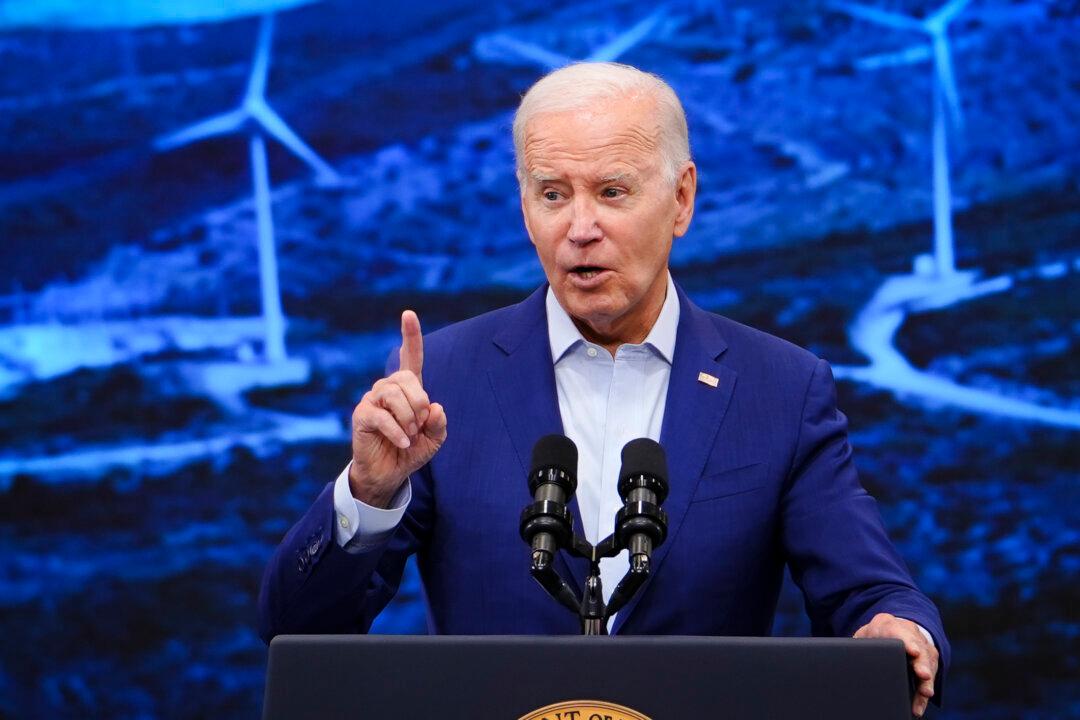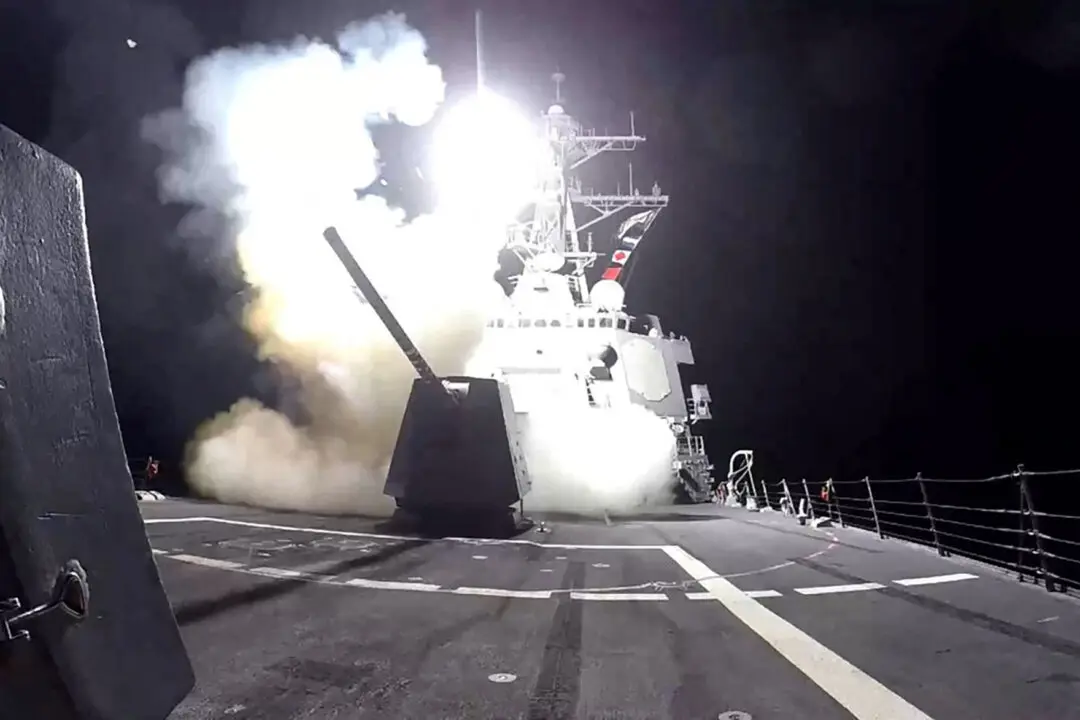President Joe Biden on Aug. 9 signed an executive order to begin the process of restricting high-tech U.S.-based investments going toward China in the areas of artificial intelligence, quantum technology, and semiconductors.
The executive order, which is likely to take effect next year following a comment period, will authorize the Treasury secretary to regulate U.S. investments into Chinese technologies deemed to affect national security, according to senior administration officials.




